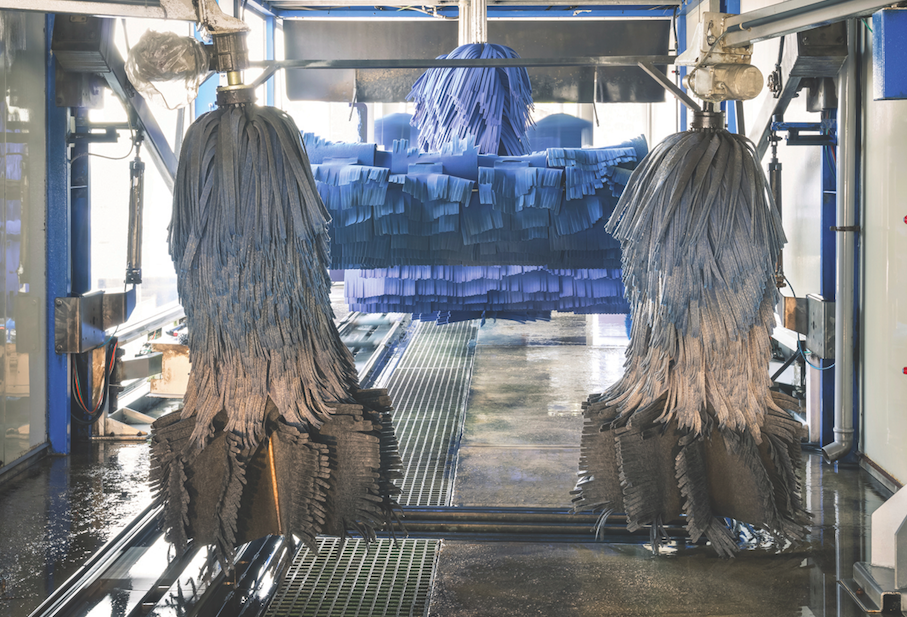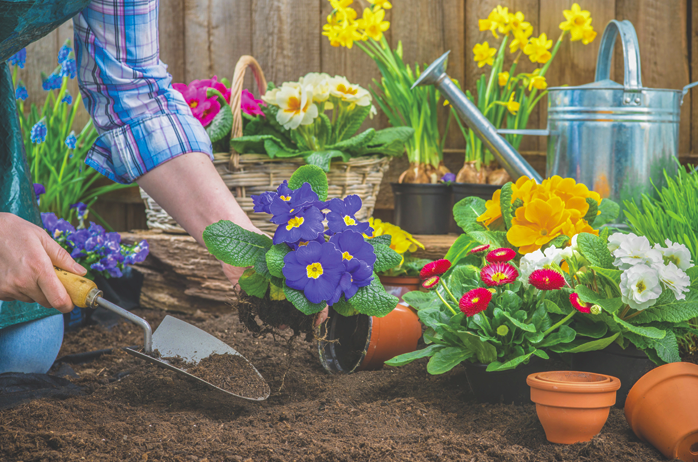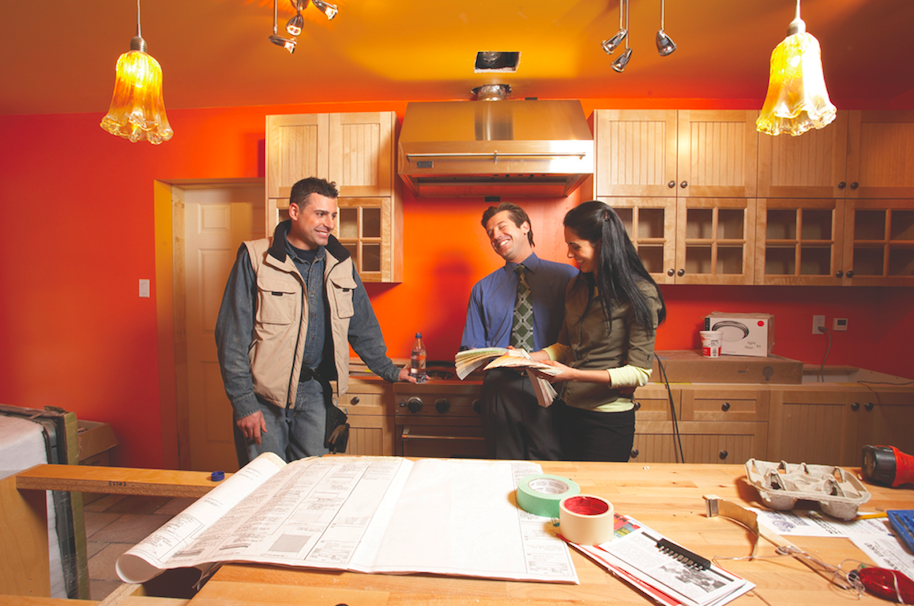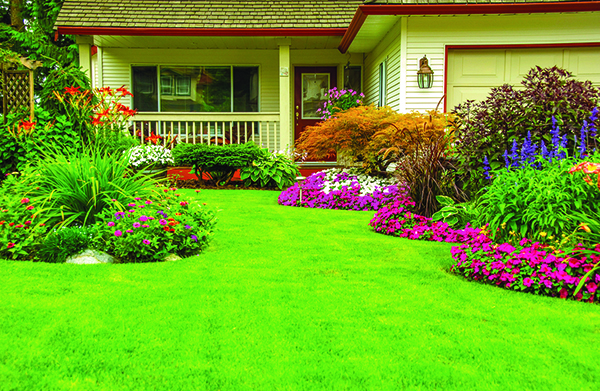The U.S. Department of Labor Statistics indicates that more than half of all American workers are not using all of their vacation days, equalling to $224 billion in cash value, according to Oxford Economics, an economic analysis firm. In Canada, unused vacation time isn’t as pronounced but it is still apparent. A recent survey by California-based staffing firm Robert Half found that 26 percent of Canadians are not using paid vacation days provided by their employers. However, many workers today are resolving to spend more time with their spouses and children or engage in recreational activities. As such, traveling more is the goal of many individuals and families.
Although many people eagerly await their vacations, for some the idea of getting away is marred by prospect of things going awry or the stress of travel itself. To make travel easier, Time Management Ninja as well as WebMD suggest devising strategies to relieve stress. Other habits also can alleviate the potential pitfalls that are tied to travel that cause stress.
Make lists
Start by making a checklist of what to pack and what to bring. Cross-reference the checklist with what suitcases and bags the items have been stashed within. Begin the packing process several days before leaving for a trip, only leaving out essential items necessary for getting ready the day of departure. In addition, make another list of which bags need to be brought along. Place those bags by the front door so that nothing will be forgotten.
Build in extra time
According to the Travel Industry Association, 88 percent of leisure travel happens by car, truck or RV. Nine percent of Americans take to the air, while the rest journey by bus or train. No matter how you will be traveling, you’ll likely need to take to the road to get to an airport or train station.
Leave extra time for any hiccups along the way. Nothing can make you feel more stressed than being rushed and worrying that you will miss a departure due to traffic. Bring along a book, stream a movie or catch up on other tasks when you are early to the gate.
Confirm your itinerary
Avoid bad surprises by double-checking that flights are booked and hotel rooms have been reserved and by confirming the other aspects of your trip. This is especially important when using third-party booking sites to make travel plans.
Provide kids with entertainment
Be sure to bring along a bag with toys, electronics, games, coloring books, or whatever other distractions kids will enjoy to keep them occupied. Happy, occupied children are less likely to be disruptive, especially if travel delays occur.
Get ample sleep
Try to maintain a consistent sleep schedule. Lack of sleep can exacerbate feelings of stress and contribute to short tempers. WebMD says that it can take one to three days to recover from a sleep deficit and to unwind from stress. Factor in jet lag and the “first night effect,” a condition in which many travelers find it difficult to get a good night’s sleep in a new location, and sleep deprivation can be a problem. Leave time for sleeping in and do not over-pack a vacation schedule.















